Microbes
-
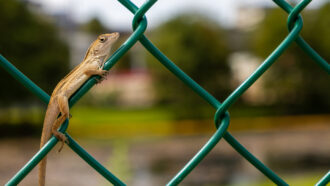 Animals
AnimalsUrban animals may get some dangerous gut microbes from humans
Fecal samples from urban wildlife suggest human gut microbes might be spilling over to the animals. The microbes could jeopardize the animals’ health.
-
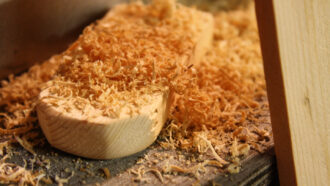 Chemistry
ChemistryA disinfectant made from sawdust mows down deadly microbes
Antimicrobial molecules found in wood waste could be used to make more sustainable, greener disinfectants.
-
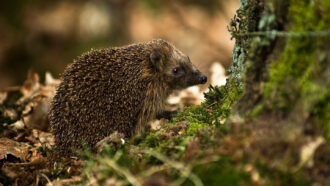 Microbes
MicrobesDrug-resistant bacteria evolved on hedgehogs long before the use of antibiotics
A standoff between bacteria and antibiotic-producing fungi living on hedgehogs may have led to the rise of one type of MRSA some 200 years ago.
-
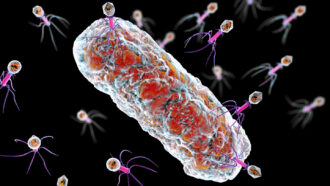 Microbes
MicrobesA bacteria-virus arms race could lead to a new way to treat shigellosis
As bacteria that cause shigellosis evolve to escape a virus, the microbes may become less deadly, a hopeful sign for “phage therapy.”
-
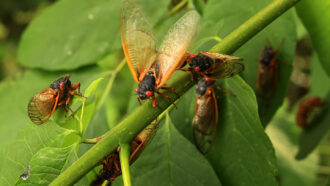 Animals
AnimalsCicada science heats up when Brood X emerges. 2021 was no exception
Mating mobs of big, hapless, 17-year-old cicadas made for a memorable spring in the Eastern United States
By Susan Milius -
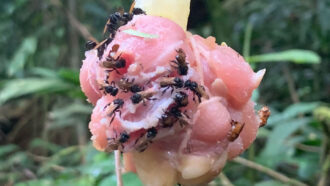 Animals
AnimalsGut bacteria let vulture bees eat rotting flesh without getting sick
Acid-producing bacteria in the gut of vulture bees let these “weirdos of the bee world” safely snack on animal carcasses.
-
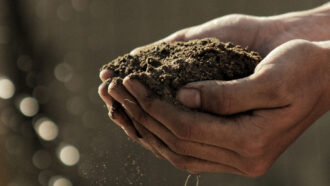 Life
LifeFungi may be crucial to storing carbon in soil as the Earth warms
Fungi help soil-making bacteria churn out carbon compounds that are resilient to heat, keeping those compounds in the ground, a study suggests.
By Freda Kreier -
 Microbes
MicrobesA sailor’s story captures the impact of rising serious fungal infections
Fungal infections are hard to diagnose, hard to treat and are on the rise. A young sailor is staying positive to navigate the challenges.
-
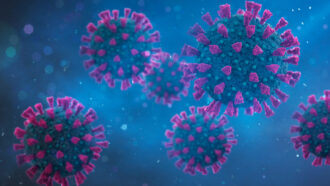 Microbes
MicrobesAre viruses alive, not alive or something in between? And why does it matter?
The way we talk about viruses can shift scientific research and our understanding of evolution.
-
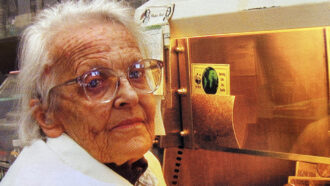 Health & Medicine
Health & MedicineBy taking on poliovirus, Marguerite Vogt transformed the study of all viruses
She pioneered the field of molecular virology with her meticulous lab work and “green thumb” for tissue culture.
-
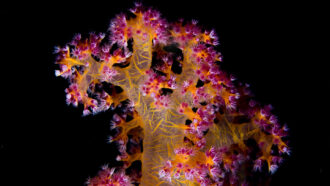 Life
LifeProbiotics help lab corals survive deadly heat stress
In a lab experiment, probiotics prevented the death of corals under heat stress, suggesting beneficial microbes could help save ailing reefs.
-
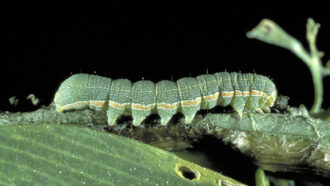 Animals
AnimalsViruses can kill wasp larvae that grow inside infected caterpillars
Proteins found in viruses and some moths can protect caterpillars from parasitoid wasps seeking a living nursery for their eggs.